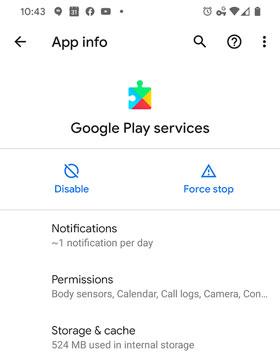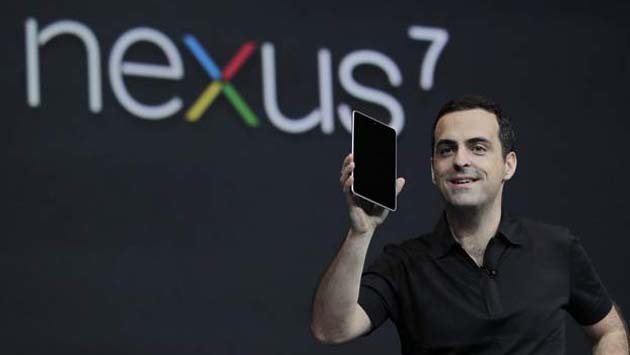With the recent release of ASUS’s Google Nexus 7 many people are asking why Nexus devices don’t have expandable storage. Many people have theories about the lack of an SD card slot on the popular devices which was really never a huge issue until the Nexus 7. Many people think that its Google’s way of forcing its cloud services like Google Music and Google Drive on people although we can tell you thats not the case.
Many devices are starting to avoid SD card slots on their devices like the more recent HTC One X for example. This lack of expandable storage is not a new concept and started with the original Galaxy Nexus.
We got tired of seeing OEMs include many GB of internal storage for music, while users were still running out of space for apps and data. This approach lets us merge everything on one volume, which is way better. — Dan Morrill, Android engineer at Google
Now for the Reasons Google has removed SD card Slots on Devices:
While Google still supports removable storage with the Android OS they are not using it for a few reasons. One major reason is that the file system on the devices use EXT instead of a combo of FAT and EXT. The reason for this is that with a combination of FAT and EXT you sacrifice speed and safety causing more errors and permission problems.
The second benefit of using a pure EXT file system is that when connecting your machine to your computer you can’t mess up the file system since you will not have block level access. Instead you will now have a FUSE (Filesystem in Userspace) system is used to mount a virtual SD Card that you can write to. This way you don’t get the common errors of unmounting incorrectly. With this you still have access to the entire file system.
With all of the cloud services that are available for free there really is no need to have any storage on mobile devices greater than 16GB in todays world. You always have alternatives like Google Drive, Dropbox and Box.net to store anything large that you would like accessible on your device.


























I appreciate the technical reasons, but Google’s solution does not account for people who use their Android device for listening to music! 16GB is a paltry amount compared to any decently sized music collection. Streaming music is not an option for many situations: riding in the subway, inside buildings that block reception, driving through poorly covered areas, etc. Plus, streaming music will burn through data plans and use up batteries.
Agreed … I think the point overall is to create a structured device without the average user mucking up the filesystem and avoiding situations where many users will blame a device over user error. I do understand that although there are alternatives for most things like Google Music and Google Drive that many prefer the option of expandable storage.
Nexus devices AREN’T for the average or “n00b” user. If you want a cluttered easy to use Android device get clunky HTC device with SenseUI. Nexus devices are for Android powerusers and DEV’s across the board. Its exactly what Google says, “pure Android and pure Google expierence” I cant come to use any other Android device. I owned the Nexus One but after that I flipped flopped between other Android phones, an iPhone, and the hackable HTC HD2. Soon as the Nexus S was announced few years ago, I went back to the NExus line and Im not looking back. My Galaxy Nexus and Nexus 7 are the 2 best Android devices to date.